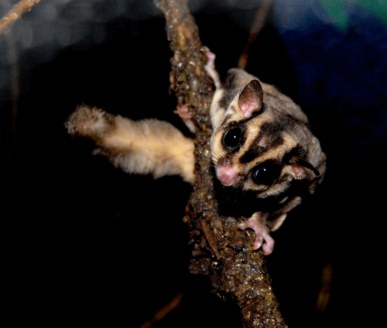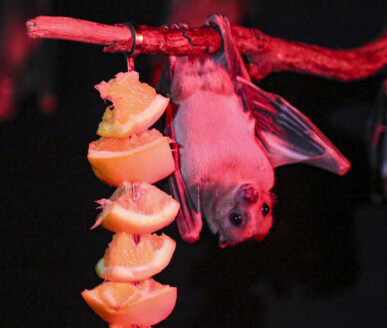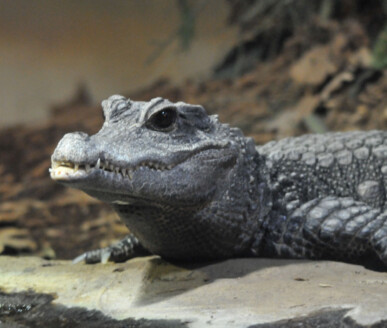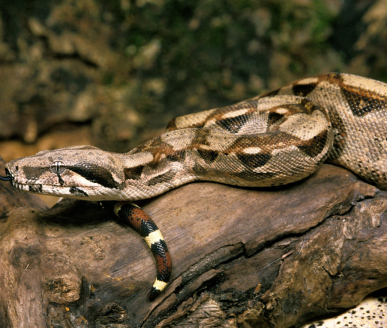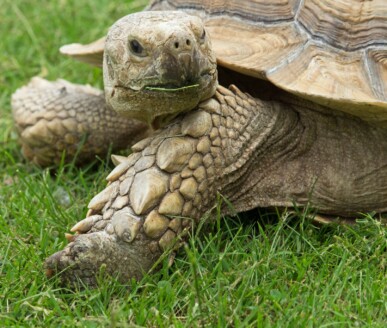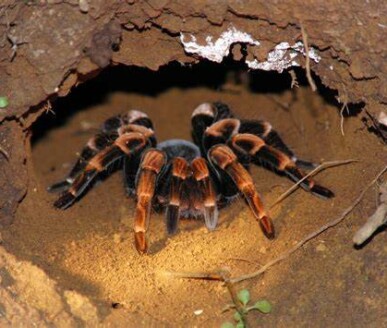Nocturnal mammals:
Inside our nocturnal house we have different various exotic and nocturnal animals from across the world. The Farm Park favourites are the friendly sugar gliders and the amazing Egyptian fruit bats!
Sugar Gliders (Petaurus breviceps)
Our female Sugar Glider called Lilo, and our male called Stitch are an adorable couple who love tucking into fruit, veg and bugs. You can find often them snuggling together on a branch or running on their wheel.
Sugar Gliders are characterized by a pair of gliding membranes, which extend from their forelegs to its hindlegs. They use them to glide to reach food and escape predators.
Book a one to one experience with our sugar glider HERE!
Egyptian Fruit Bats (Rousettus aegyptiacus)
We have a small colony of Egyptian fruit bats. They spend most of their time hanging out together eating fruit and cleaning each other. They are a must see when coming to Barleylands Farm Park.
Bats use a form of hearing called eco-location, this means they use sounds that bounce off of walls to locate things.
Reptile House:
The reptile house is a home to over 15 different species of Cold-blooded animals! Ranging from Leopard geckos to Reticulated pythons, there are all different shapes and sizes of animals to see!
Book a meet & greet with our small snakes HERE!
Crocodile (Paleosuchus palpebrosus) and Turtle (Macrochelys temminckii)
By far the largest exotic resident in the nocturnal house is Smee our African Dwarf Crocodile! You can spot him basking under his heat lamp or taking a dip in his pool.
Like a modern age dinosaur, with a history that dates back 215 million years, the alligator snapping turtle can get as big as a car tire and have the bite force of 300 pounds OUCH!
Snakes
We have lots of species of snake living in the Exotic Area, including an 15ft long reticulated python called ‘Nagini’, an African House Snake called ‘Neils’, and the more common and popular Royal Python called ‘Penelope’.
Click HERE book a one to one meet & greet with our reticulated python!
Tortoises
Across the farm you may find lots of species of tortoise. These “slow moving” creatures have a gentle nature and can often be found grazing on grass. There are over 50 breeds of tortoise! Some of those we have at the farm are the large Sulcata tortoise and the Leopard tortoise, you may also find a red footed tortoise to.
You can spot some in the show arena field, the exotic reptile house and within the wallaby walk enclosure.
Arachnids
We have some creepy crawlies in the nocturnal house who may be hard to find, just look out for the webs.
Our Tarantulas have super senses and can spot you coming from meters away, if they get scared they can flick their legs hairs off their body to irritate their predator.
-
Contact Our Exotics and Nocturnals Team
Email: [email protected]
Tel: 01268 290229

